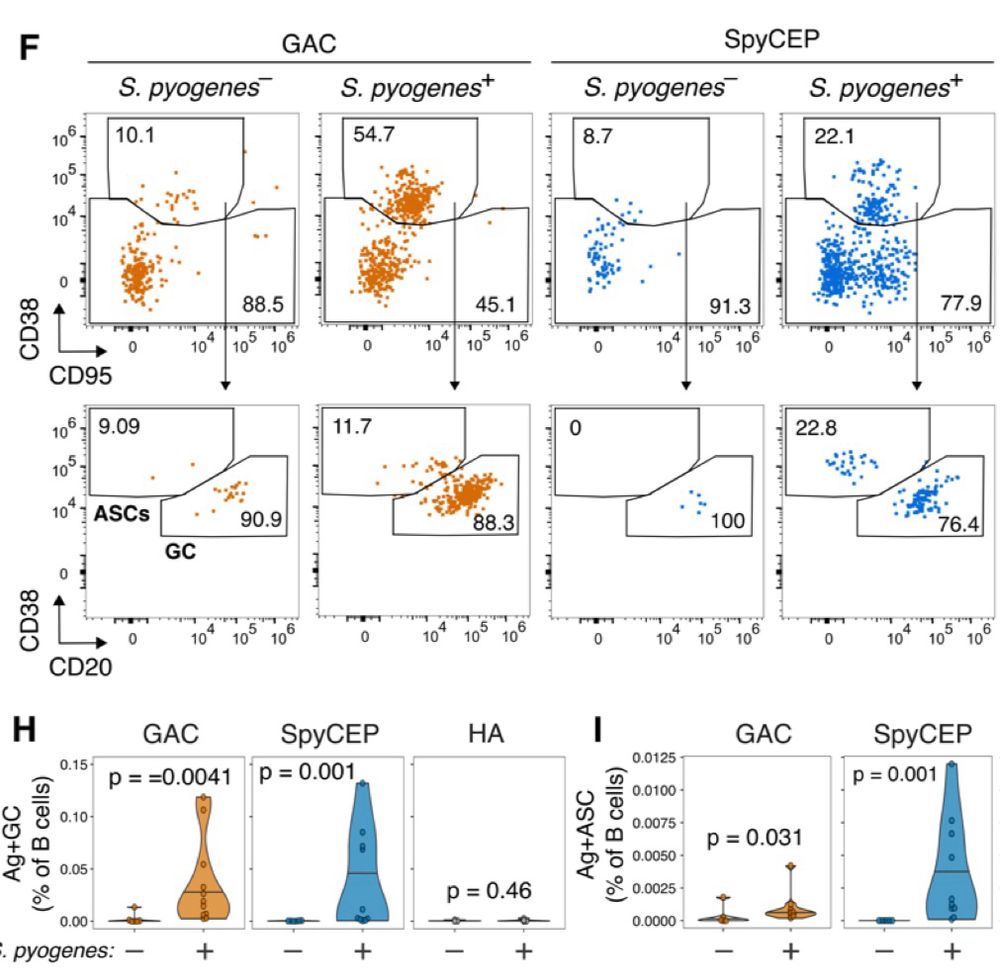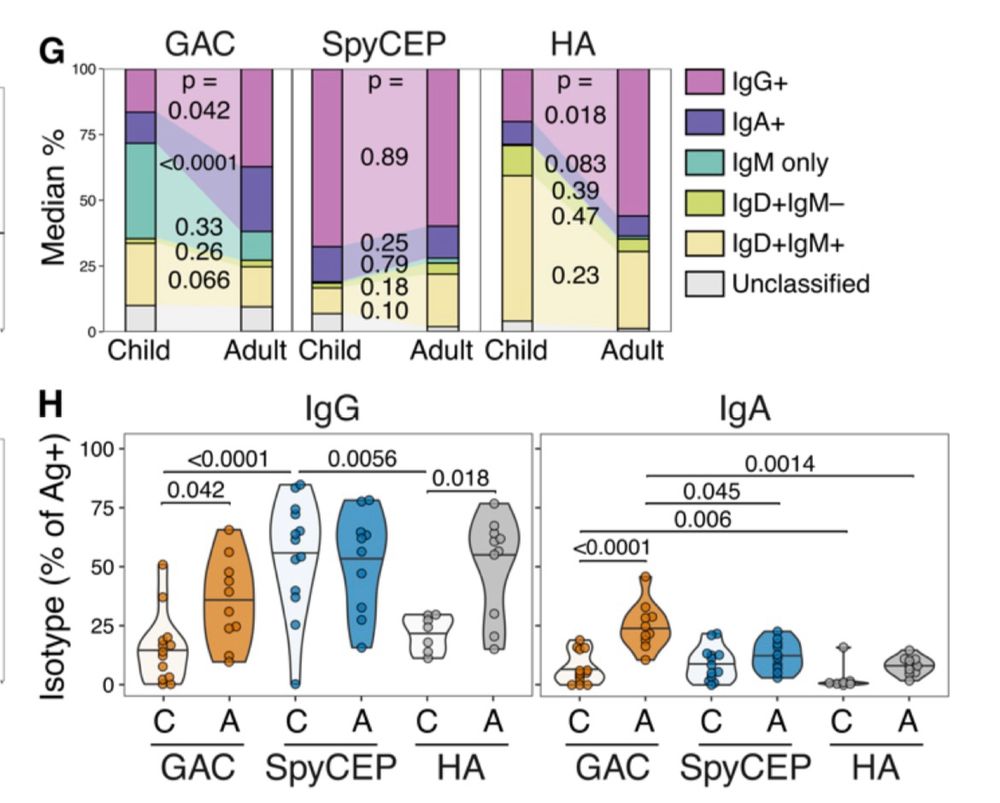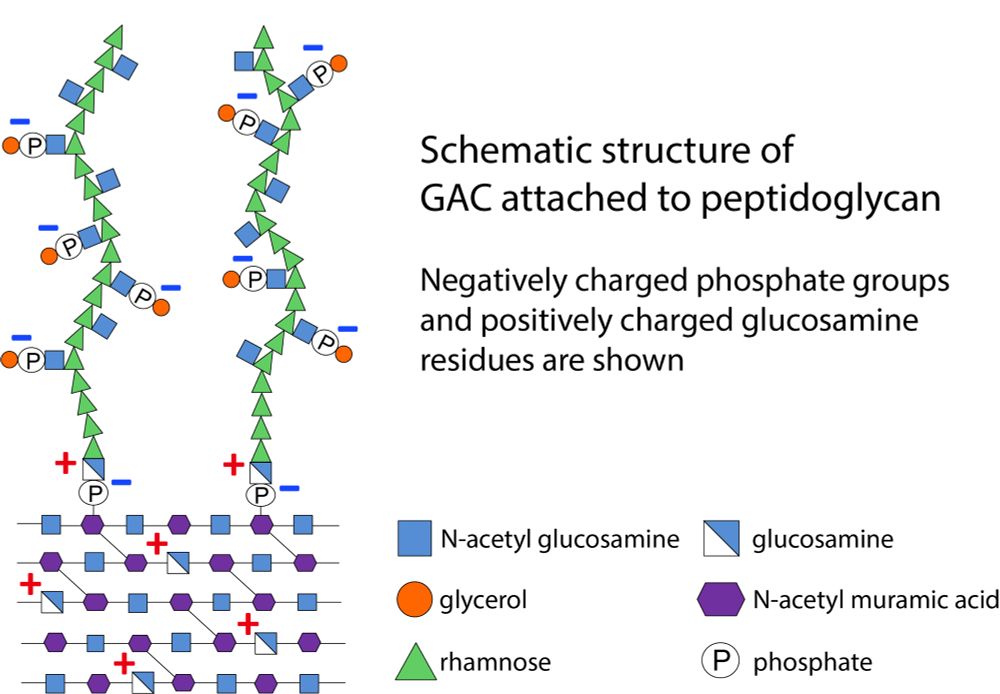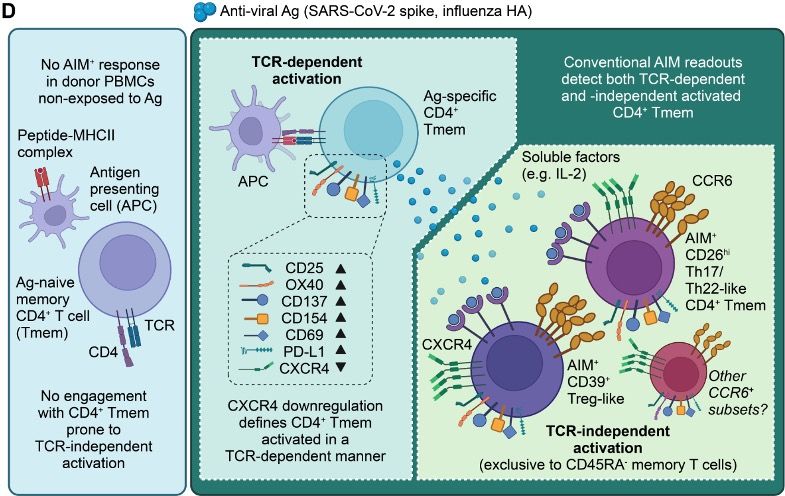https://research.monash.edu/en/persons/danika-hill
Many anti-sugar Abs are unmutated IgM’s, including those that recognise host-glycans. So this may be a restricted phenomenon.
Many anti-sugar Abs are unmutated IgM’s, including those that recognise host-glycans. So this may be a restricted phenomenon.
Right now, it’s still unclear.
Right now, it’s still unclear.
@joshosowicki.bsky.social @njmoreland.bsky.social @melanieneeland.bsky.social (and many more not on 🦋)
@joshosowicki.bsky.social @njmoreland.bsky.social @melanieneeland.bsky.social (and many more not on 🦋)
responses that class-switch, evolve and diversify through the GC.
📖🥊 take that textbook!
responses that class-switch, evolve and diversify through the GC.
📖🥊 take that textbook!
How were they doing this? By comparing to protein responses (SpyCEP) we found that sugar B cells had a molecular signature consistent with receiving reduced T cell help.

How were they doing this? By comparing to protein responses (SpyCEP) we found that sugar B cells had a molecular signature consistent with receiving reduced T cell help.
towards IgG and IgA memory with age and antigen exposure.

towards IgG and IgA memory with age and antigen exposure.
We focussed on Strep A, where the sugar (GAC) is a leading glycoconjugate vaccine candidate.
Image: Natalia Korotkova

We focussed on Strep A, where the sugar (GAC) is a leading glycoconjugate vaccine candidate.
Image: Natalia Korotkova


